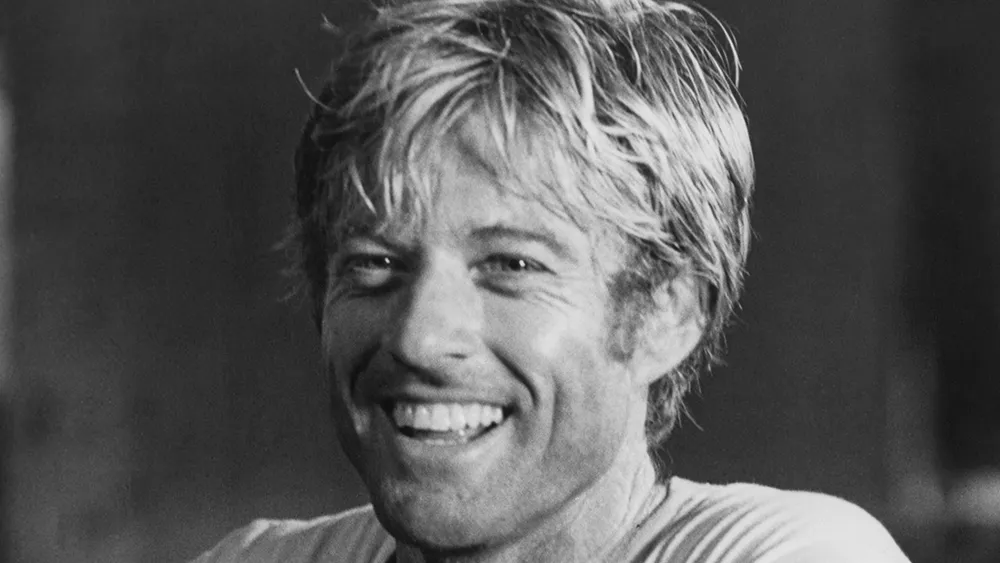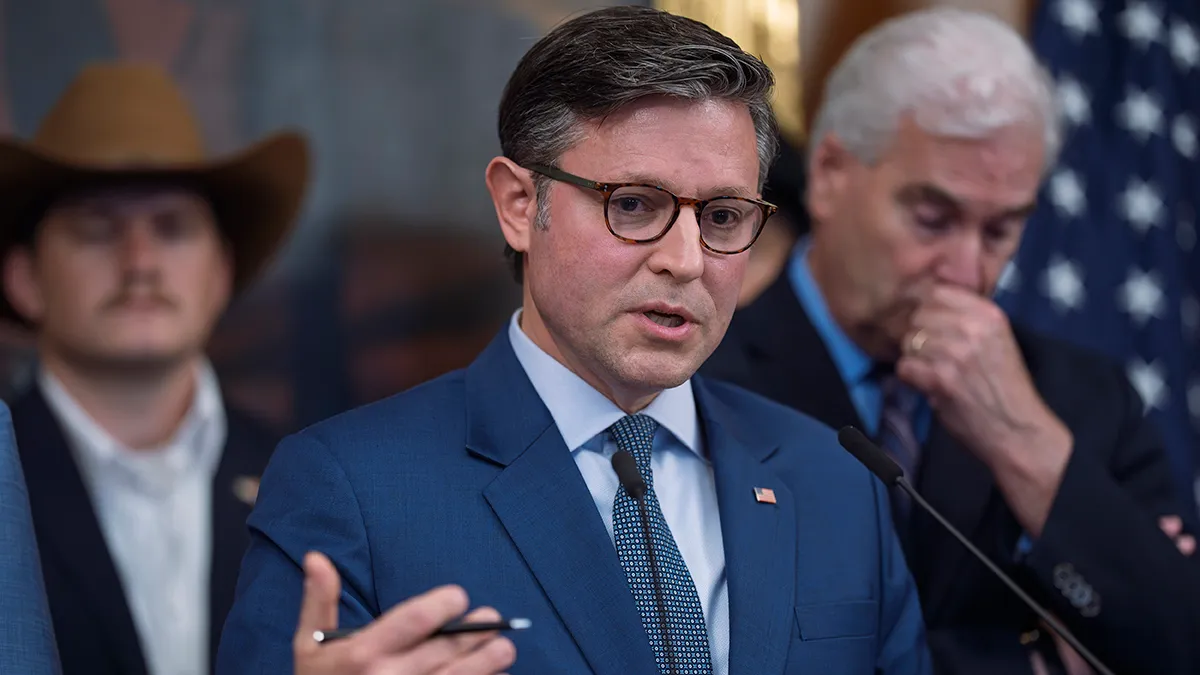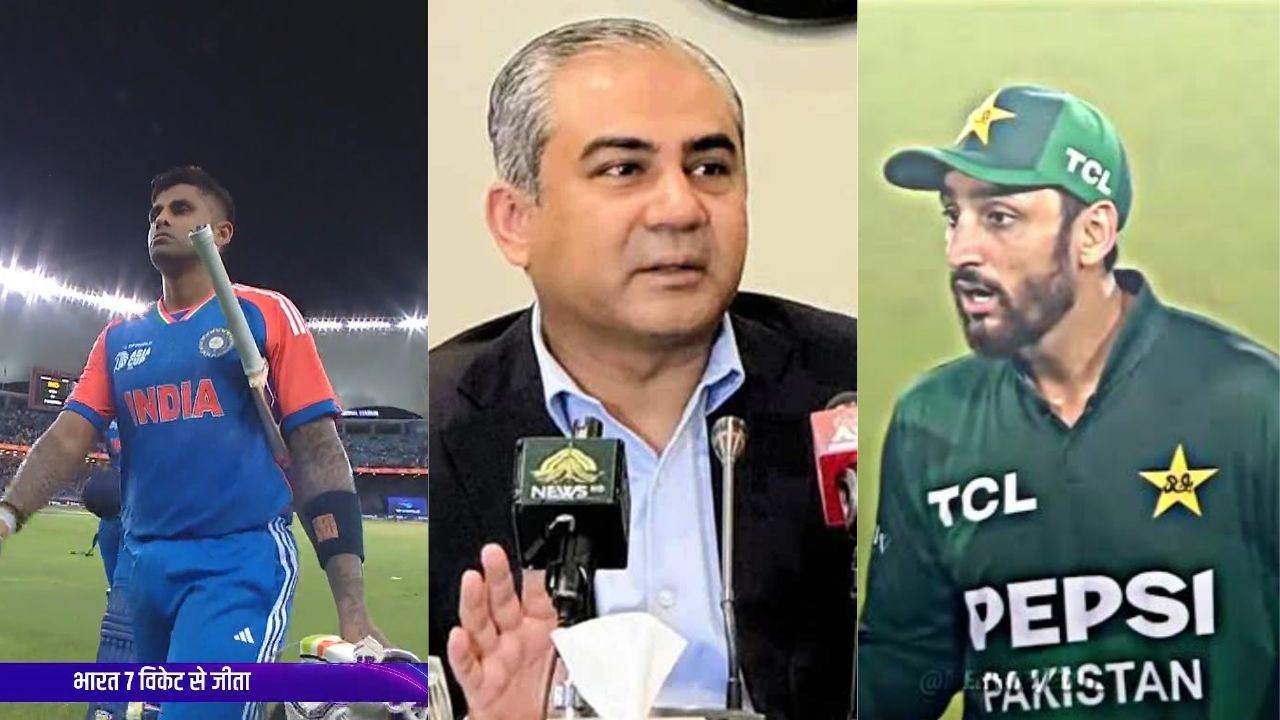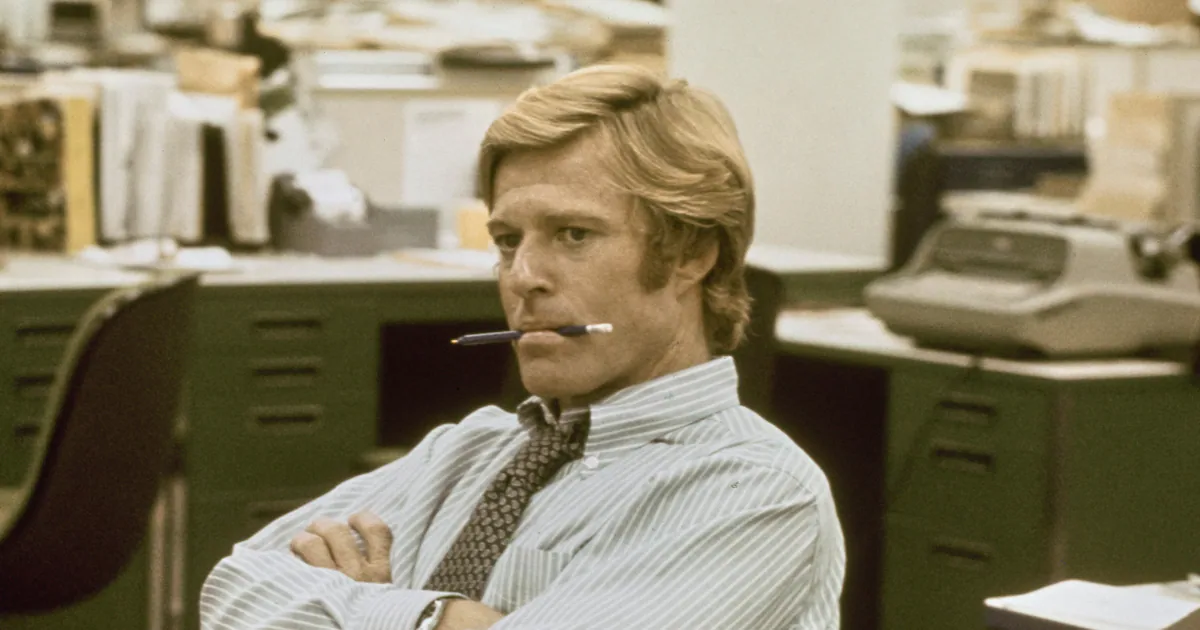
“This glamour image can be a real handicap,” Robert Redford told The New York Times in 1974. “Image is crap.”
It was a blistering admission for one of the most popular movie stars on the planet. After all, Redford’s striking looks and magnetism had turned the likes of “Butch Cassidy and the Sundance Kid” and “The Way We Were” into blockbusters, but they had also led critics to dismiss him as just another pretty face.
“He was an artist who was trapped in this incredibly handsome body,” says Phil Alden Robinson, who directed Redford in 1992’s “Sneakers.” “It can be hard to be taken seriously when you’re that good-looking.”
Redford, who died Sept. 16 at the age of 89, didn’t allow himself to be defined by Hollywood. Instead, he subverted his squeaky-clean persona in films like “The Candidate,” “Downhill Racer” and “All the President’s Men,” which looked critically at the media, celebrity and politics. In the 1970s, when Redford was at his most bankable, he wasn’t interested in making populist crowd-pleasers. Instead, he wanted to hold a mirror up to America at a time when its institutions were crumbling.
Beginning in the ’80s, Redford leveraged his stardom to direct sensitively drawn films like “A River Runs Through It,” “Quiz Show” and the best picture-winning “Ordinary People,” proving he was a formidable talent behind the camera as well as in front of it. It was a career template that actors like Jodie Foster, George Clooney and Bradley Cooper would follow as they became directors in their own right.
“He was very good with actors,” says Michael Barker, president of Sony Pictures Classics, which released Redford’s “The Company You Keep.” “Those scenes in ‘Quiz Show’ between Paul Scofield and Ralph Fiennes or the moment in ‘Ordinary People’ with Donald Sutherland at the dining room table are some of their best moments on-screen.”
Yet Redford hoped his greatest legacy wouldn’t be the movies he starred in or directed, but the film festival he established in the mountains of Utah. Sundance, which Redford founded in 1978, was intended to serve as a showcase for emerging artists.
“He helped so many new voices get their big break,” says John Sloss, the veteran agent and manager. “And it wasn’t just auteurs. Sundance was the launching pad for lots of Marvel and tentpole film directors.”
The list of filmmakers who had their first brush with success at Sundance is a who’s who of the most influential directors of the past five decades. From Ava DuVernay (“Middle of Nowhere”) to Steven Soderbergh (“Sex, Lies, and Videotape”), Quentin Tarantino (“Reservoir Dogs”) to Ryan Coogler (“Fruitvale Station”), so many distinguished careers trace their origins to Park City.
“The film business would look a lot paler and less vibrant without Robert Redford,” says Anthony Bregman, producer of “Enough Said” and “Eternal Sunshine of the Spotless Mind.” “I’m not sure there’s another person who had a bigger impact on this art form.”
Through the Sundance Institute, the nonprofit also helped directors fine-tune scripts and polish their films, connecting them with established talent who served as mentors. Redford loved to spend part of his summer at the institute, giving feedback to these filmmakers, and hated it when he was shooting a project and couldn’t attend. His advice could be granular.
“He came into my edit room for the first time and sat with me,” remembers Chris Eyre, director of “Smoke Signals.” “He started making notes on my work that I’d done in the labs. He said, ‘You can do this, and cut here.’ He gave me different perspectives and options.”
And he took pride in the accomplishments of the artists who came up through Sundance and its labs. Victor Nuñez remembers Redford rushing to meet him backstage at the festival’s awards ceremony in 1993 when his film, “Ruby in Paradise,” won the Grand Jury Prize.
“He grabbed my hand, and he just kept shaking it and just saying how glad he was,” Nuñez says. “My sense was that Redford always had this very central, very practical ambition. How can we get these voices to have an opportunity to make films in Hollywood?”
Because of Sundance’s reputation for nurturing fresh talent, Hollywood quickly came calling, and soon mainstream audiences began embracing the films that premiered at the festival. By the late ’90s and early aughts, independent movies were no longer consigned to art houses. Instead, Sundance films like “Little Miss Sunshine,” “The Full Monty” and “The Blair Witch Project” were certifiable hits that tapped the zeitgeist. But Redford urged staff not to be influenced by popular trends.
“He would always encourage us to be brave and take risks,” remembers John Cooper, the former director of the Sundance Film Festival. “He didn’t want us to be swayed by outside forces.”
For years, Redford was a constant presence around Park City, popping up at premieres and breakfasts with filmmakers. Christine Vachon, the producer of “Carol” and “Velvet Goldmine,” remembers running into Redford while walking down the town’s main street in 2001.
“A car pulled up alongside me, and Redford was in the car, and he started saying, ‘Christine, Christine, I just saw ‘The Inch.’ I loved it,’” Vachon says. “And I was like, ‘What the hell is he talking about?’ Of course, what he meant was ‘Hedwig and the Angry Inch.’ It just brought back that at the end of the day, it’s about the movies.”
Redford could be a demanding boss. He gave programmers autonomy in terms of the movies they selected, but he wanted to sign off on all of the festival’s key art and promotional materials. In meetings he was known for asking penetrating questions and challenging ideas. He also cared deeply about the people who worked at the organization. Cooper retired from Sundance in 2020, roughly the same time that Redford stepped away from the festival he had created. He remembers getting a call from his former boss out of the blue.
“He told me, ‘I miss working with you, and I want you to know you’re my friend,’” Cooper says. “I don’t know if he was looking back on his life and reaching out to the people who had meant something to him, but it felt good. It was like we had come full circle. And I remember pulling my truck over to the side of the road and just crying.”
Jazz Tangcay and Rebecca Rubin contributed to this story.



